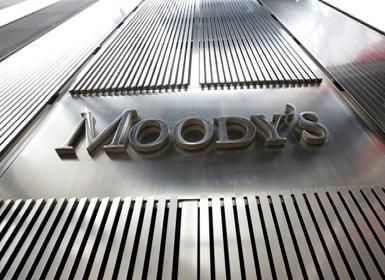Moody’s has proposed a new global methodology that will allow clearing members and end-users to assess and compare the soundness of central counterparty clearing house risk management practices.
The ability to compare risk management practices across CCPs is becoming crucial for market participants following new regulations that force standardised over-the-counter derivatives to clear through central counterparties.
As debate continues over whether standardised stress tests would be beneficial for assessing CCP risk, the new ratings could provide an important means of comparison.
While some dealers and CCPs support standardised testing for risk comparison, others, including trade body IOSCO, warn that a one-size-fits-all testing framework would be difficult to design and could lead to the same risk management mistakes being made across all CCPs.
Under Moody’s proposals, the agency intends to establish a new Clearing Counterparty Rating that reflects a CCP’s ability to meet its clearing and settlement obligations to members and the financial loss that would result if it is unable to meet those obligations.
The new CCR will be calculated using a bottom-up analysis of clearing services, taking into account the firms’ member default management capabilities, structural protections, financial fundamentals and the operating environment.
The ratings agency is seeking market feedback on its proposed methodology by August 21.
It has been almost 30 years since the last major clearing house failure. The Hong Kong Futures Exchange saw its default fund depleted as a result of the 1987 crash. That required a government and private bailout equivalent to 100 times its default fund. Even through the failure of Lehman Brothers in 2008, clearing houses proved to be remarkably resilient.
But regulatory changes aimed at eliminating systemic risk have increased the systemic significance of clearing houses.
“This increased channeling of financial market activity to the clearing house has made the role of the CCP critical to the health of the financial system,” notes the ratings firm.
But with each CCP clearing a different array of products – some delving into more complex instruments – and with different default management structures, regulatory environments and operational frameworks, clearing members are struggling to assess the relative soundness of each CCP.
Over the last two decades, volumes have increased ten-fold. LCH.Clearnet, the largest firm clearing OTC derivatives has US$285trn of notional outstanding of interest rate swaps in its SwapClear platform, while CME has US$24trn of open interest in its OTC interest rate swap clearing arm.
In credit derivatives, the InterContinental Exchange has US$1.52trn of open interest in its CDS clearing platform, while LCH has open interest of €42bn outstanding in its CDSClear business and US$141bn of notional outstanding in ForexClear.
CCP scorecard
Moody’s has devised a scorecard to address the problem. The firm first aims to assign each CCP with a measure of intrinsic credit strength as determined by default management capabilities, comprising management of counterparty risk, product risk and waterfall resources. Its corporate profile will then be assessed referencing a firm’s competitive position, liquidity coverage and other general business risks.
Once the intrinsic credit strength has been determined, Moody’s will then consider the CCP’s operating environment by assessing the systemic risks faced by considering factors used for the sovereign rating methodology; institutional strength, economic strength and susceptibility to event risk. Each will be weighted according to its relevance to the CCP before considering industry-specific factors such as industry structure and strength of regulatory oversight.
Moody’s also proposes additional qualitative credit factors, not readily assessed by common standard ratios, which contribute to a CCP’s soundness. They include a CCP’s vulnerability to corporate behaviour and operational risk that could lead to positive of negative adjustments reflected in the preliminary CCR.
Additional considerations include potential risks and support arising from the CCP’s parent, affiliates and local government and any sovereign constraints.
Moody’s currently rates four CCPs under its global securities industry methodology and expects to convert these rating to CCRs upon adoption of the new methodology, though it doesn’t anticipate any ratings changes to those firms as a result of the transition.
LCH.Clearnet’s parent, the London Stock Exchange Group is rated Baa1, while InterContinental Exchange is rated A2 and CME Group has an Aa3 rating.
